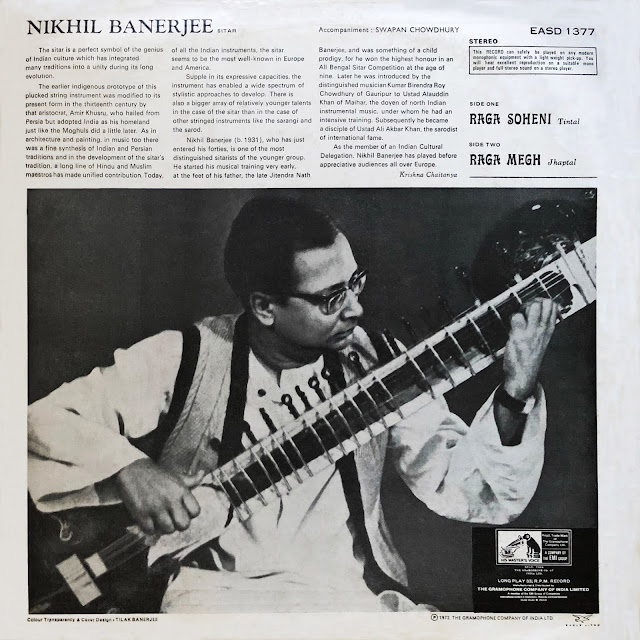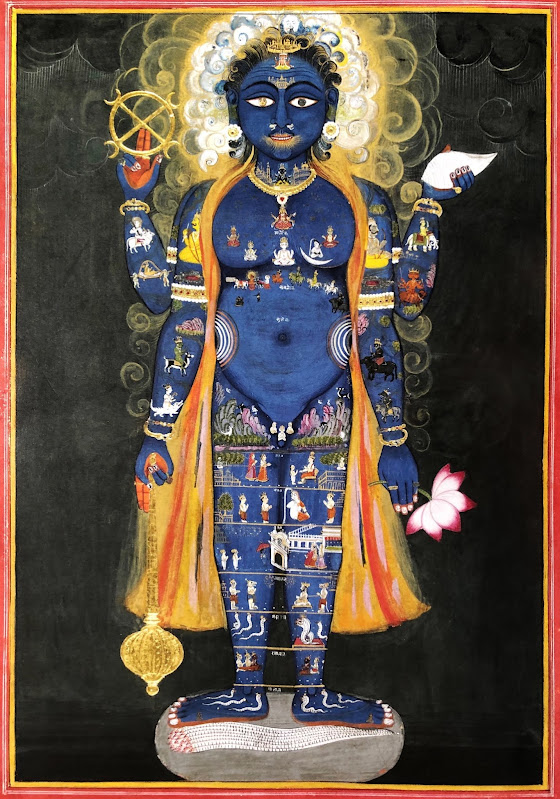Sister Marie Keyrouz (ماري كيروز;) born in Deir el Ahmar, Lebanon, in 1963, and raised in the Christian Maronite tradition, first discovered the power of her voice at the age of five while singing with her mother on Good Friday. She later took her vows and joined the congregation of the Basilian Chouerite Sisters, an order of the Melkite Greek Catholic Church. Sister Keyrouz is also an accomplished scholar, who studied religion, Byzantine and Western music (notably Gregorian chants) in Lebanon and Greece. She later earned PhDs in both religious anthropology and musicology at the Sorbonne, Paris. She is also active in charity work with Enfance pour la Paix, an organization she founded.
Sister Marie Keyrouz quickly established herself as one of the greatest champions of Oriental sacred music, with her dozen remarkable recordings and spellbinding performances around the world which transcend cultural and religious barriers.
We present her impressive 1989 debut album, The Passion and the Resurrection of Christ, Melkite Byzantine chants sung in Arabic and Greek over the Easter Holy Week.
Sister Keyrouz’s performance here, accompanied by the haunting drone-like Choir of the Melkite Church of Saint-Julien-le-Pauvre in Paris, captures the dazzling mastery of her powerfully voluptuous voice, which conveys timeless sentiments of fervor, serenity, introspection and grace.
Sœur Marie Keyrouz (ماري كيروز;) née à Deir el Ahmar au Liban, en 1963, et élevée dans la tradition chrétienne maronite, découvre le pouvoir de sa voix à l'âge de cinq ans en chantant avec sa mère un Vendredi saint. Plus tard, elle s’engage dans la congrégation des Sœurs Basiliennes Chouérites, un ordre de l'Église catholique grecque melkite. Sœur Keyrouz est également une grande érudite qui étudie la religion, la musique byzantine et occidentale (notamment les chants grégoriens) au Liban et en Grèce. Elle obtient ensuite des doctorats en anthropologie religieuse et en musicologie à la Sorbonne à Paris. Elle réalise également un important travail caritatif à travers son association Enfance pour la Paix.
Fort d’une dizaine d'enregistrements remarquables et des performances envoûtantes à travers le monde qui transcendent les barrières culturelles et religieuses, Sœur Marie Keyrouz s'impose comme l'un des plus grands chantres de la musique sacrée orientale.
Nous partageons ici son magnifique premier album de 1989, La Passion et la Résurrection du Christ, des chants byzantins melkites chantés en arabe et en grec pendant la semaine sainte de Pâques.
Le chant de Sœur Keyrouz, accompagnée ici par des chants intenses semblables à des bourdons du Chœur de l’église melkite de Saint-Julien-le-Pauvre à Paris, présente l’impressionnante virtuosité de sa voix puissante et voluptueuse qui inspire des sentiments intemporels de ferveur, de sérénité, de grâce et d’introspection.
Sœur Keyrouz considère ses concerts comme des moments de prière partagés et affirme chanter parce que, comme l’a dit saint Basile le Grand (329-379), l'un des premiers Pères de l'Église : « On prie deux fois lorsque l’on prie en chantant ».
Sister Marie Keyrouz and the Choir of the Church of Saint-Julien-le-Pauvre, Paris:
A1 – Hallelujah (3 times). Troparion for the Coming of the Bridegroom (Holy Monday): "Ha-Houwadha-lAruç" ... (Arabic)
A2 – Exapostilarion from the Holy Tuesday mass: "Innani'Uchachidu khidraka" ... (Arabic- Greek- Arabic)
A3 – The Apostikhon from the Holy Wednesday mass (Prayer of Mary Magdalene) "Ya rabbi" ... (Arabic)
A4 – Kinonikon (Song of Communion) from the Liturgy of Holy Thursday (Arabic)
A5 – Troparion from the Matins of Holy Saturday: "Inna Yousof" (Greek-Arabic)
B1 – Antiphon of the Good Friday mass (Arabic)
B2 – Excerpt from the Canon of Holy Saturday "Tagaridh" - First stanza (Arabic-Greek)
B3 – Second and third stanzas (Arabic-Greek)
B4 – Hymn to the Blessed Virgin, from the Liturgy of Saint Basil (Arabic)
B5 – "Christos Anesti" .., from the Easter service (Greek-Arabic-Greek)
B6 – "Antoumoul-ladhin" ... Song which replaces the Trisaghion (Three times Saint) in the Easter Sunday Liturgy (Greek-Arabic-Greek)
B7 – "Inna-l-Malak" ... Ninth Ode of the Canon from Easter Sunday service (Arabic)
Maronite Patriarch of Antioch Elias Peter Hoayek (1843-1931) with his entourage on an official visit to Paris, home of Our Lady of Lebanon, a Maronite Cathedral built in 1894:
Please help me purchase important traditional records to pursue my global
curation project and share the best finds with you on this blog:





























